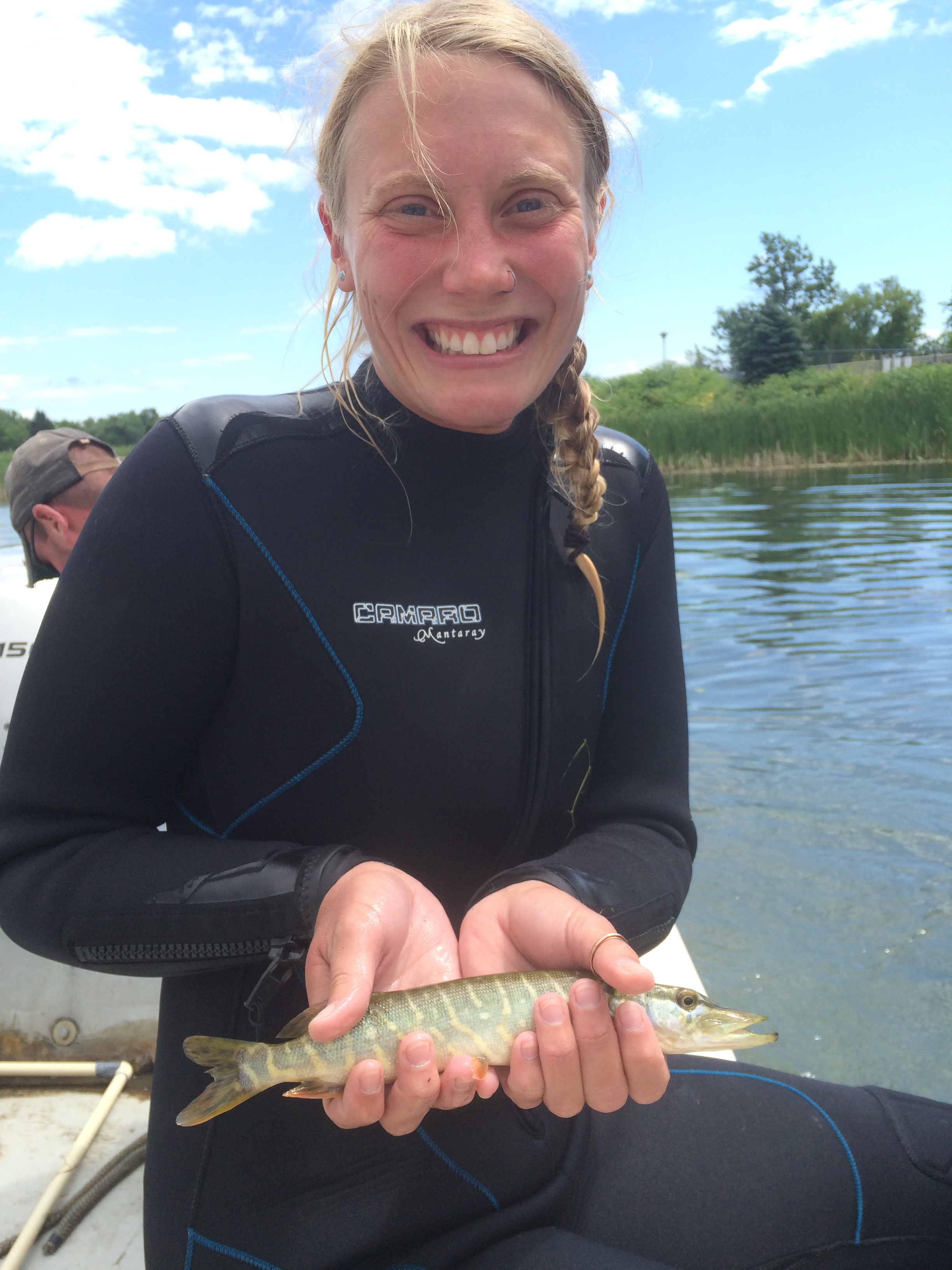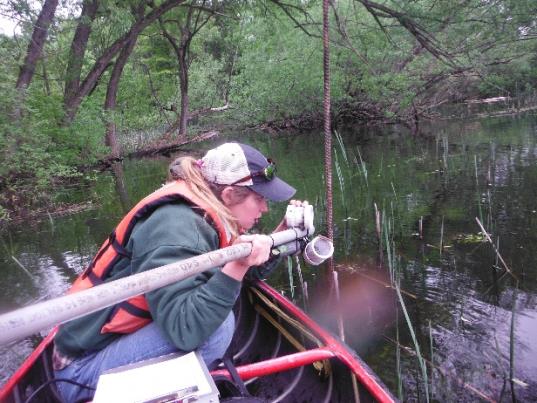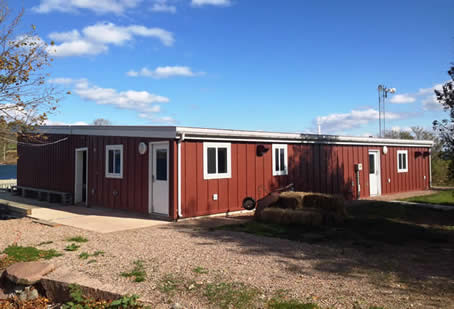SUNY ESF
Friends of the Thousand Islands Biological Station
We've been around a long time and you've probably heard about us and perhaps stopped by Governors Island, saw a talk or pulled a seine, but here's an opportunity to do more. Join us and become a Friend of TIBS, where you can learn more and support our exciting work in this amazing place. For over forty years ESF has been part of the river community with its long-term research, management, restoration and educational programs dedicated to building and applying conservation knowledge for the betterment of the river’s ecological health and fisheries. We are reaching out for help and have some exciting news to share-come join us, there is important work to do!”
Supporting our Students
Students represent the next generation of environmental scientists and managers. TIBS benefits from training these talented individuals through their dedicated service and contributions to monitoring and research. Our student community is gaining hands-on experience to join the environmental workforce while contributing to our novel research and conservation efforts. By becoming a TIBS Friend you will be supporting students on a path to realizing their dream of becoming professionals in this important science-based conservation field.

Supporting Our Research
Applied ecological research is the underpinning of responsible management and sustainability. The St. Lawrence River has the second largest fishery in New York State with strong connections to the region's tourism-based economy. Conservation of water quality, critical habitat, and fish populations is central to our mission. Your support will aid in furthering our ability to fill this important need while educating our students and the TIBS Friends membership.

Long-term research programs
- Fisheries research and conservation
- Ecology and restoration of critical fish and wildlife habitat
- Invasive species research and management
- Water quality and lower trophic levels (nutrients and aquatic food web)
- Coastal wetland ecology and management
Research Highlight: Save the Musky Conservation Program
When a top predator is lost from an ecosystem it is forever changed. The spotted form of Great Lakes muskellunge (Esox masquinongy) is the largest predatory fish that inhabits inland waters of North America. Reaching 30 kilos and over 1.5 meters in length these rare, elusive and migratory fish sit atop the river's aquatic food web and can consume a great variety of prey. Our monitoring shows populations in Lake Erie and the Niagara River and Lake Ontario and the St. Lawrence River have declined precipitously. TIBS and its partners including the angling community played a lead role in St. Lawrence River muskellunge population recovery with success fueled by decades of research and management work. Conservation however has lost ground to an unexpected invasive fish, the round goby from Eurasia and a novel viral disease it helped spread (viral hemorrhagic septicemia) Type IVb that left a legacy of a severely depleted muskellunge stock. By joining the Friends, you will also support our long-term muskellunge research and restoration program to rebuild and protect the river's muskellunge population for future generations.
Supporting Our Field Station
Maintaining state-of-the-art scientific facilities is crucial to our ability to advance our research and educational capability. ESF and our partners have invested substantially in improvements to infrastructure at TIBS and our main campus in Syracuse. Students researchers from ESF and other institutions have access to our laboratories, aquaculture and experimental facilities, as well as residential and logistical structures. There is an ongoing need to upgrade technological applications and TIBS operations to adapt to evolving research and student needs. Your support will link to our continual pursuit of improved scientific methods and tools towards environmental problem solving.

Supporting our Community
We learn a great deal from the river community in a form of ecological knowledge transferred from many observers over long periods of time. Communication of our science and exchange of information is a critical element in use and access to our research findings with the public. Historically, TIBS has played an integral role in community engagement through workshops, visits, public presentations, partner events, and annual venues. Now, through TIBS Friends, we hope to develop a direct approach to communicate with members who share our goal to improve fisheries and sustain a healthy aquatic ecosystem.
